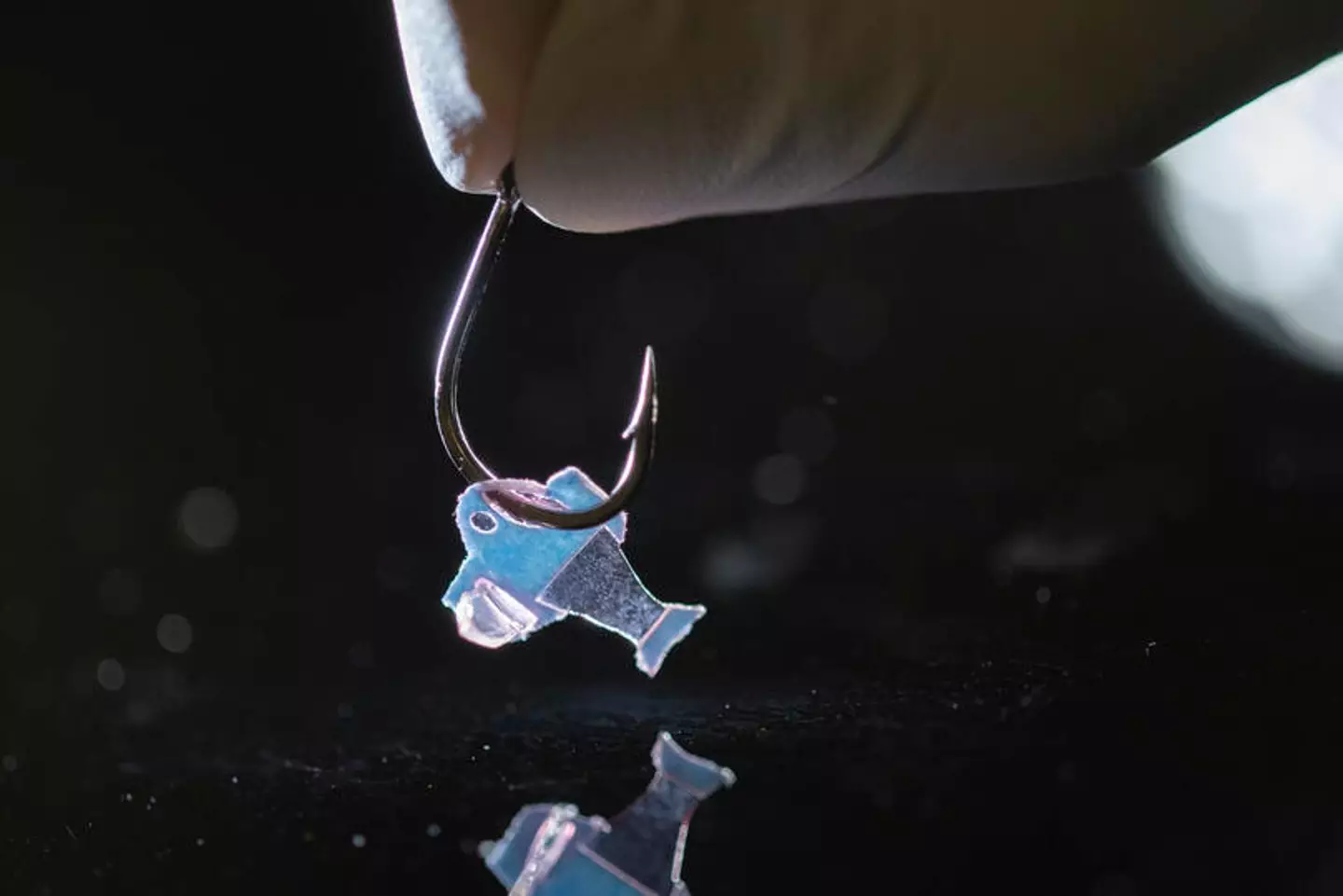
Ever wondered what your heart might look like if it was a fish? Me neither, but scientists have now managed to create a fully autonomous artificial fish made out of human heart muscle.
On the off-chance you are someone who has wondered what their heart might look like as a fish, the answer is simple: it looks like a fish – albeit a toy fish.
The unusual little creature is made out of human heart muscles derived from stem cells, and scientists found it could swim continuously for up to 108 days by mimicking the contractions of a beating heart.
Advert
See the fish in action below:
The study, published this week in Science, was conducted by the Disease Biophysics Group at the Harvard John A. Paulson School of Engineering and Applied Sciences (SEAS), led by Kit Parker.
Prior to coming up with the 'biohybrid' fish, the team developed biohybrid stingrays and jellyfish from rat heart cells, as well as other bioengineering innovations.
Advert
In a news release about the fish, Parker said the team's 'ultimate goal is to build an artificial heart to replace a malformed heart in a child.'
He commented: 'Most of the work in building heart tissue or hearts, including some work we have done, is focused on replicating the anatomical features or replicating the simple beating of the heart in the engineered tissues. But here, we are drawing design inspiration from the biophysics of the heart, which is harder to do. Now, rather than using heart imaging as a blueprint, we are identifying the key biophysical principles that make the heart work, using them as design criteria, and replicating them in a system, a living, swimming fish, where it is much easier to see if we are successful.'

For their latest creation, Parker and his colleagues took into account the movements of zebrafish, which move by coordinating their body and caudal fin movements to generate propulsion.
Advert
They then sought to apply this motion to the artificial fish by layering cardiomyocytes, the muscular cells responsible for heart contractions, on two sides of the fish’s tail fin. As one side of the tail contracted, the other side stretched and stretch-activated mechanosensitive proteins launched into a constant closed-loop motion.
The scientists used an electrically autonomous pacing node, similar to a pacemaker, to allow the artificial creature to swim with the same motion as a beating heart, VICE reports.
In the study, Parker and his colleagues said: 'Our muscular bilayer construct is the first to demonstrate that the mechanoelectrical signaling of [cardiomyocytes] could induce self-sustaining muscle excitations and contractions for extended periods.'
The findings of the study shed light on cardiac disease, and could be a stepping stone in the development of artificial hearts for transplants.
Advert
If you have a story you want to tell, send it to UNILAD via [email protected]